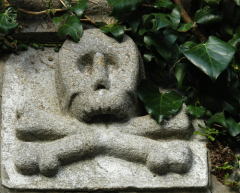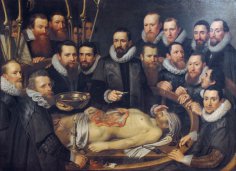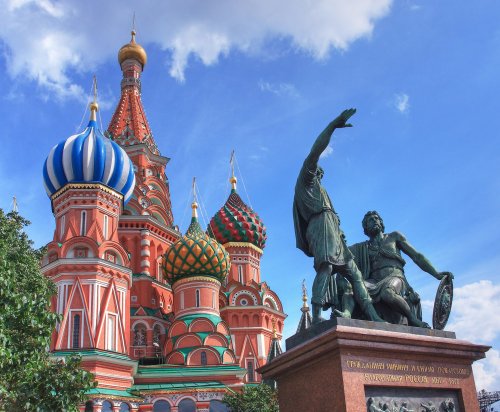
After World War II, the belief became established that the skull and crossbones emblem was a symbol of the SS. Indeed, their battle hymn included the words, “We are always ready for battle when runes and death's head call us to battle.” Their helmets and caps bore corresponding images, and one of their divisions had a similar name.
But the history of this emblem is much longer, and only among the Nazis did it become a symbol of intimidation, whereas before, it was quite different. The fact is that in many ancient cultures, the skull and crossbones symbolized the capacity for rebirth, fortitude, and vitality, and were considered the embodiment of military valor, self-sacrifice in the name of the Motherland, faith in victory, and the protection of ancestors.
Let's recall, for example, that the Slavic god Yarilo was depicted with ears of grain in his right hand and a death's head in his left, which is no coincidence. The Russian knight Peresvet, at the famous Battle of Kulikovo, confronted Chelubey without armor, wearing a robe marked with a death's head (then known as Adam's head).
And the ancient god Thor, according to legend, wore a pure silver ring shaped like an oak leaf wreath, engraved with a swastika, a death's head, and runic inscriptions. Furthermore, when the Vanir killed one of the Edda characters, Mimir, and sent his head to the gods, Odin preserved it through magic and even granted it the ability to speak, later consulting it when needed. And ancient gems often feature depictions of bearded heads emerging from the ground and speaking to a bowed figure.
A.S. Pushkin mentions in “The Young Lady-Peasant Woman”: “He wore a black ring with the image of a death's head,” and arranges a meeting and dialogue with Ruslan. The death's head appears in Russian fairy tales, for example, about Eruslan Lazarevich. And in a Melanesian tale, the hero, having lost his way, ends up in a hut, where he finds two corpses. He takes their skulls, washes them, and afterward, they show him the way.
At the funeral of the Prussian King Friedrich Wilhelm I, the Knights' Hall of his palace was draped with cloths embroidered with a skull (though missing the lower jaw) and crossbones in silver thread. Two regiments of Life Hussars bearing the same emblem were subsequently formed in memory of the deceased. It later appeared in the paraphernalia of other military units.
During World War I, the Totenkopf, or Death's Head, was the emblem of elite units of the German army, and it was also chosen by the German Luftwaffe ace Georg von Hantelmann. The chevrons of the Women's Death Battalion, commanded by St. George's Knight Maria Bochkareva, were also adorned with the “Adam's Head,” as were the shoulder straps of the Shock Naval Death Battalion. The Bulgarian Order “For Bravery” of that time even had a degree: “With a Skull.”
During the Civil War, it was used on the insignia of the Kornilov Regiment and the banners of General Krasnov; in 1923, it appeared on the paraphernalia of Hitler's stormtroopers, and then, in 1934, on the standards of tank troops and, in the same year, on the helmets and caps of the SS, as well as on the uniforms of militia fighters, the city police, and the Danzig coastguard.
Himmler also instituted an SS award ring, decorated, in keeping with the legendary Odin Ring, with runes, oak leaves, and a death's head. Although not a state award, it was nonetheless highly prized. Issued until 1944, approximately 14,500 were issued during this time.
But this symbol was also used in other countries. And while its presence on the uniforms of Mussolini's bodyguards can be explained by solidarity with the ideology of German fascism, this argument is completely inapplicable to British submariners, Polish tank crews, Finnish cavalrymen, French security police, as well as a number of American special forces units, and so on. Isn't it?





